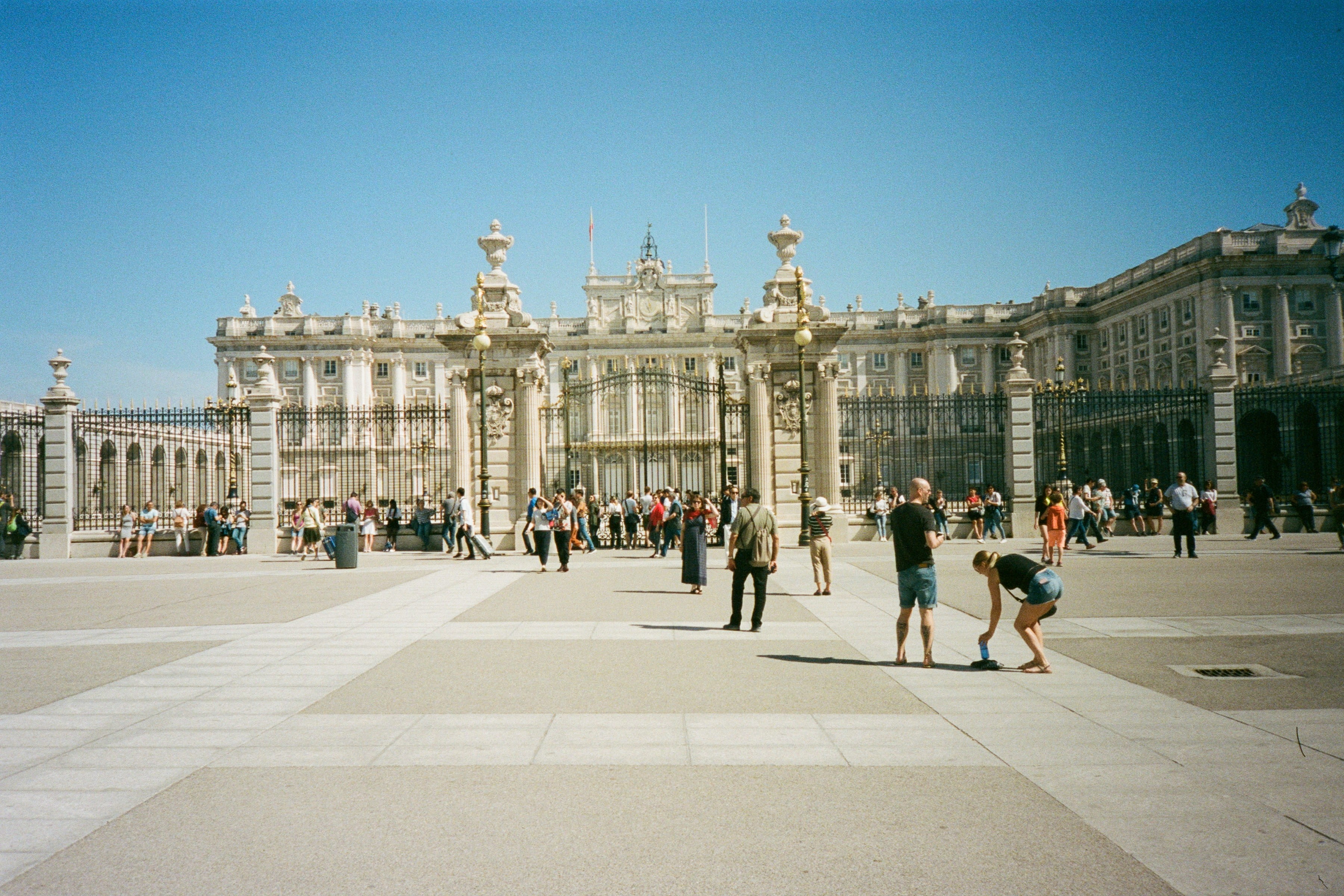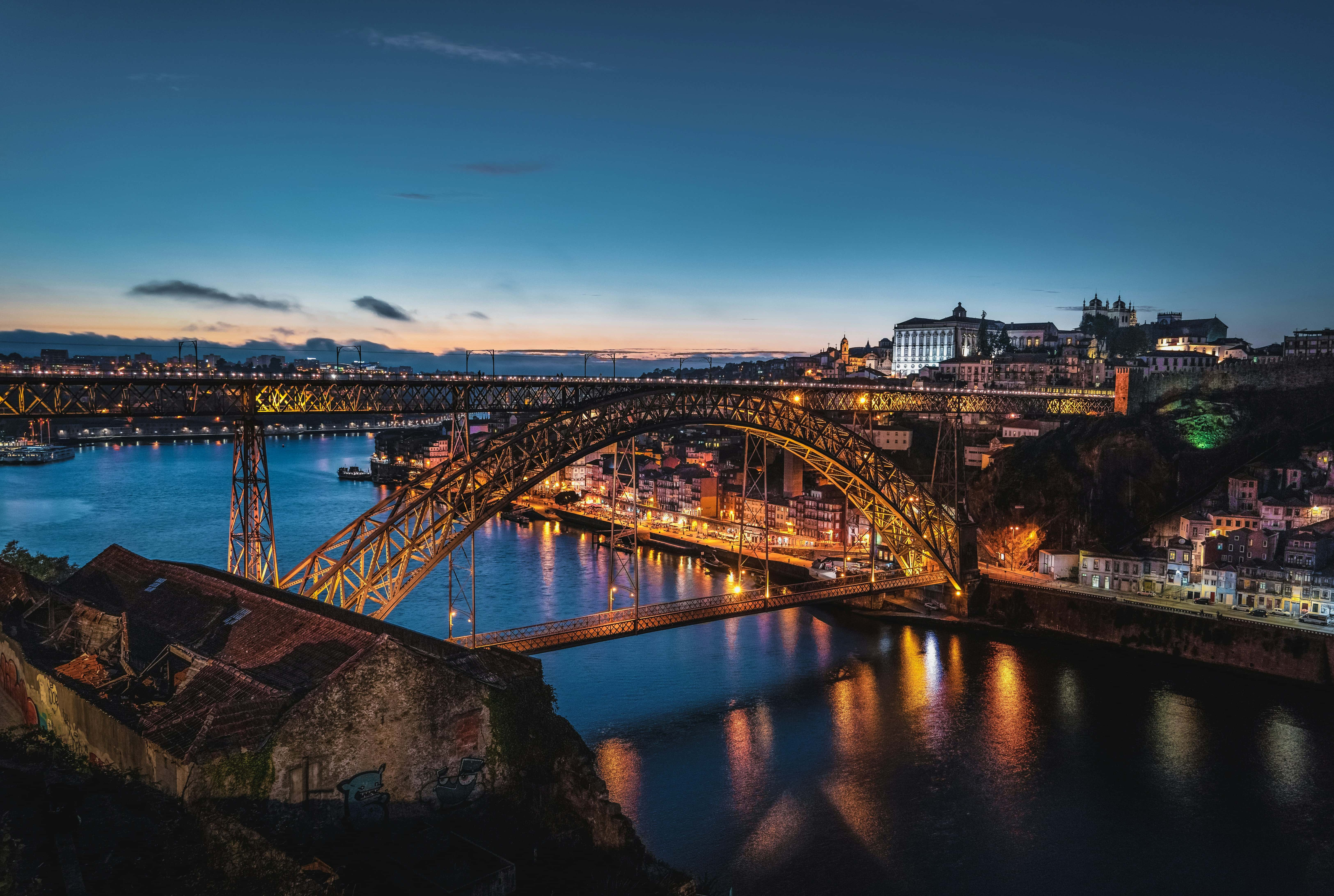3 days in Berlin: What to see, do and eat in a long weekend
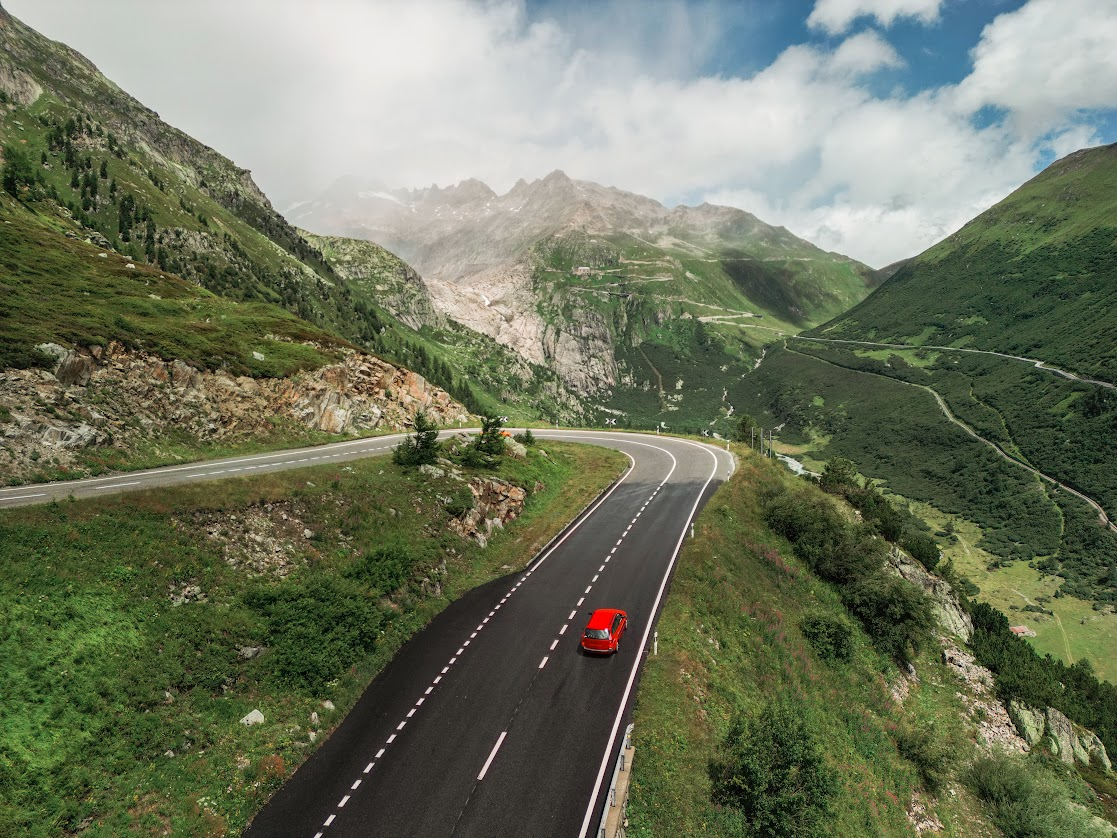
3 days in Berlin give enough time to explore key landmarks, follow the city’s history across centuries, and enjoy the kind of food locals eat every day. Berlin doesn’t slow down, but it still gives room to move through museums, neighborhoods, and open-air sights without pressure. With a clear plan, it becomes easier to take in famous spots, everyday streets, and places that reflect a quieter side of the capital.
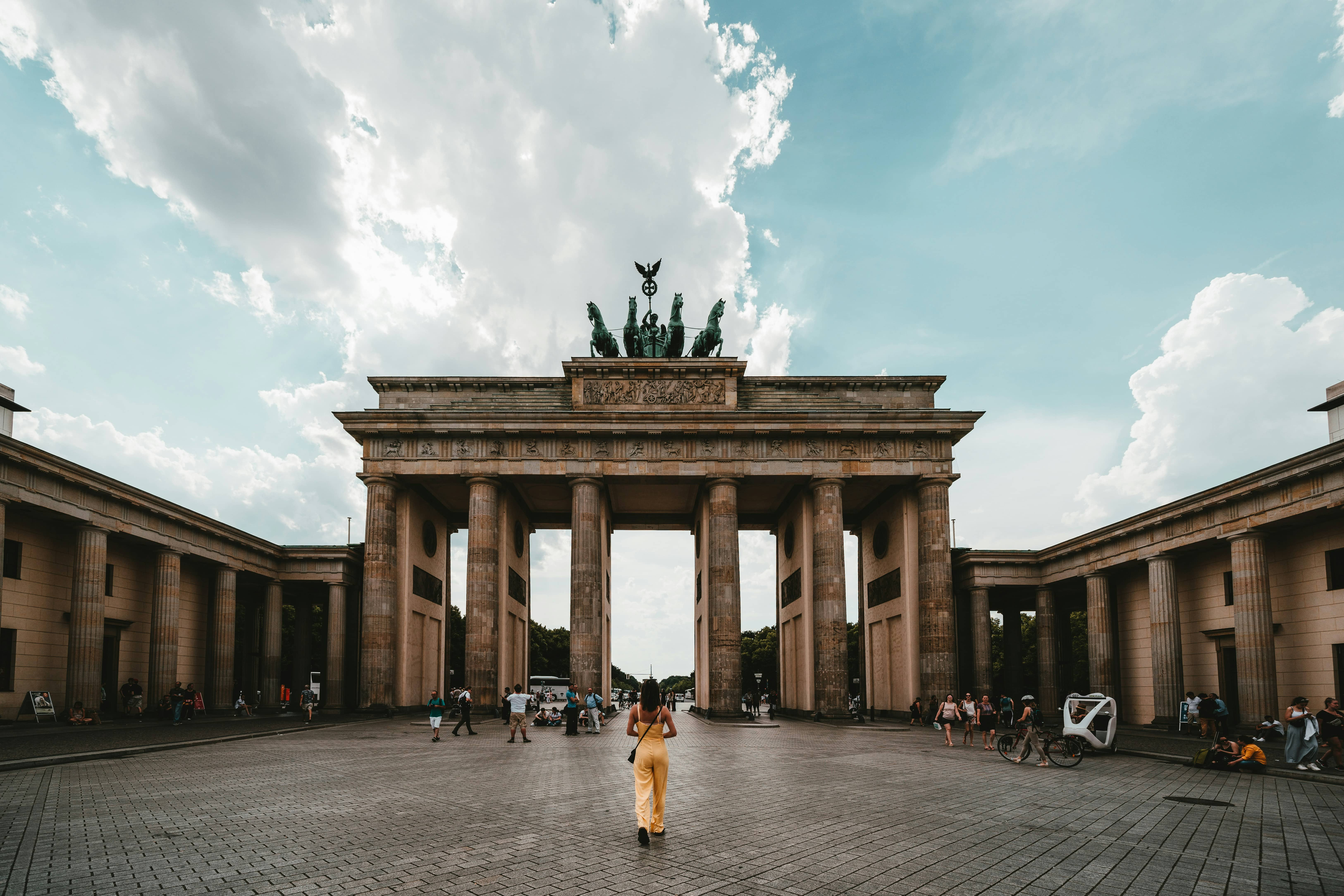
Day 1 – Iconic Berlin and historic landmarks
Begin with the Brandenburg Gate, a symbol many people recognize even before setting foot in the city. Nearby, the Reichstag building opens its glass dome to visitors who register in advance. From the top, you get a broad view of the government quarter and beyond.
Walk down Unter den Linden, a straight route lined with trees, museums, and older buildings. At the end, Museum Island brings together institutions like the Pergamon Museum and the Neues Museum. You might not enter every building, but the setting alone holds your attention.
In the afternoon, cross the river and spend time at Gendarmenmarkt. The square feels calm, with space between the French and German cathedrals and the concert hall. Cafés sit along the edge, where people often pause without hurry.
Dinner in Mitte offers plenty of options. Some restaurants serve dishes like Königsberger Klopse or roast pork with potatoes, while others focus on lighter meals or mix in other influences. The area works well for an evening walk before heading back.
Day 2 – Cold War echoes and edgy creativity
The East Side Gallery opens the day with a long stretch of the Berlin Wall now covered in murals. Artists painted these works just after the wall came down, and the images still reflect many of the hopes and questions of that time.
Next, move to Checkpoint Charlie. The small booth and signs show where people once crossed from one side of the city to the other. A museum nearby tells stories of those who tried to escape and the tools they used to get across.
A short walk away, the Topography of Terror shows documents and photos from the years when the SS had its headquarters on the same ground. The site combines outdoor panels with an indoor exhibit and gives space to understand how institutions carried out the war.
Later, cross into Kreuzberg. The streets offer food stalls, independent shops, and a few quiet parks. Around Bergmannstraße or inside Markthalle Neun, you’ll find places to eat or rest without a plan.
In the evening, many stay in the area. Small restaurants serve Turkish-German meals, vegetarian dishes, or soups and baked goods with no fuss.

Day 3 – Local Berliner life
Prenzlauer Berg starts the day in a different mood. Narrow streets, older buildings, and cafés near Kollwitzplatz create a slower setting. Weekend markets fill some corners, and local bakeries open early with sweet and savory items.
Later, walk through the Memorial to the Murdered Jews of Europe. Concrete blocks of different heights stretch out in rows. Below the surface, an exhibition space shares stories and documents that give names and faces to the history.
West of the center, the Kaiser Wilhelm Memorial Church stands with its broken tower still in place. The interior carries photos and facts from before and after the war. The building next to it, added in the 1960s, gives a sharp contrast with its dark glass and blue light.
For those with a car, Potsdam offers a change of pace. Sanssouci Palace and its surrounding park take less than an hour to reach from the city. Europcar rentals allow for short day trips like this without waiting on train schedules.
Where to stay in Berlin
Mitte places you near major sights. With shops, restaurants, and transport lines in reach, many travelers stay here during their first visit. Walking between stops takes less time and the streets stay active into the evening.
Kreuzberg brings a livelier feel, with markets, takeaway food, and spots that stay open late. The area also keeps you close to Cold War sites and creative spaces that define Berlin’s cultural image.
Prenzlauer Berg remains quieter. Mornings tend to move slowly, and the streets fill with residents and small business owners rather than tourist crowds. This area often suits couples or families who want a place to unwind after busy days.
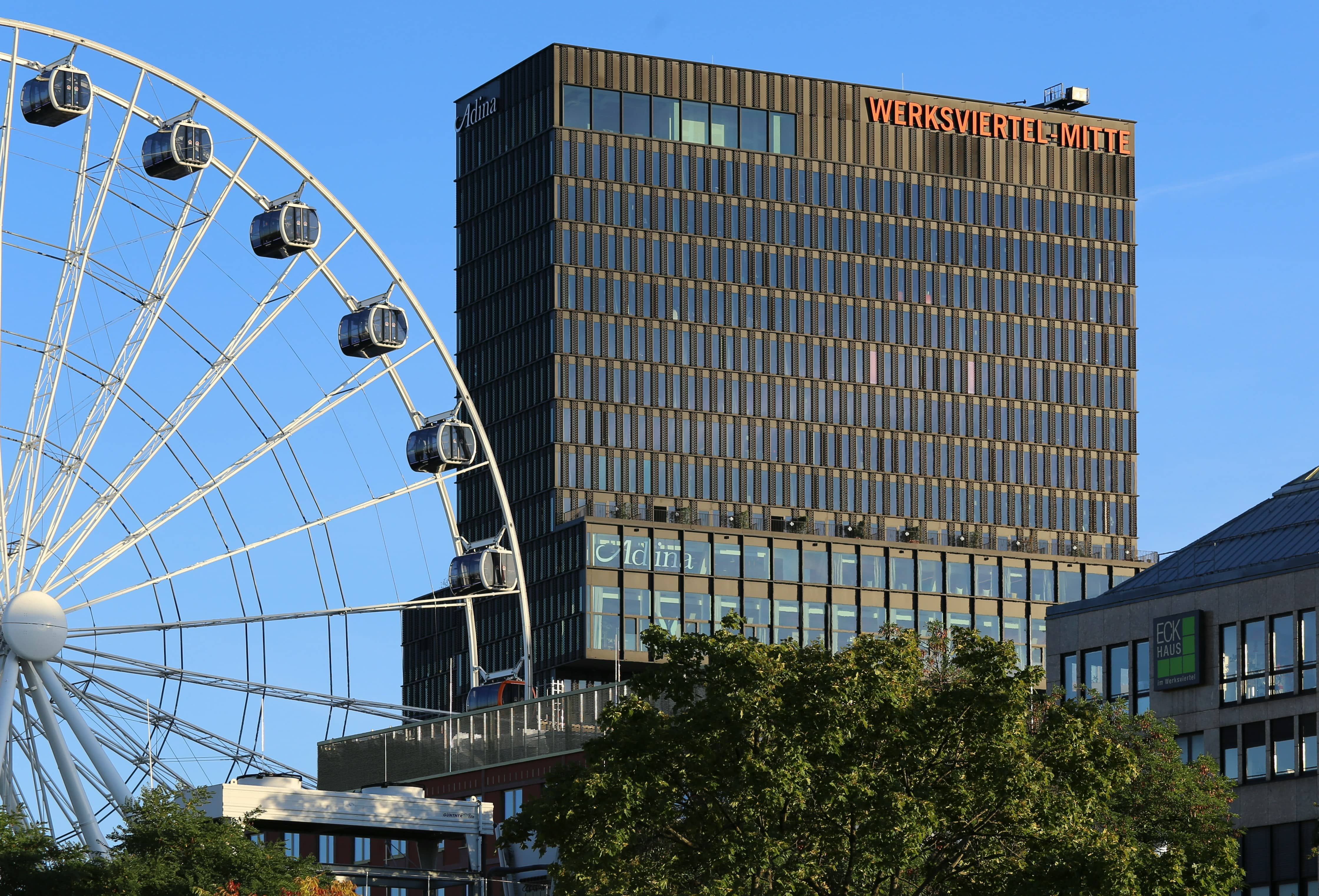
What and where to eat
Berlin’s food culture leans on simple ideas made well. Currywurst stands appear across the city, serving sausage in tomato-spice sauce with fries. Bakeries keep Berliner Pfannkuchen stacked in the morning, filled with jam and dusted with sugar.
Döner shops stand at nearly every major street. Each one builds the sandwich slightly differently, but the base stays familiar: sliced meat or falafel, raw vegetables, and yogurt sauce inside soft flatbread. Some places stay open until very late.
Sit-down restaurants prepare schnitzel, trout, or stews with potatoes and greens. You’ll also find pasta, soups, and salads served without formality. Many don’t take reservations, but the wait stays short.
In markets like Boxhagener Platz or Markthalle Neun, food stalls offer smaller bites. These markets bring together local producers, street food, and people passing through without needing anything fancy.
Nightlife in Berlin
Calm evenings: walks, cafés, and local habits
As the city winds down, many Berliners head to their favorite spots without much formality. Places like Hackescher Markt and Rosenthaler Platz stay active, but not loud. Tables fill up slowly. Conversations carry into the night. In these areas, it’s easy to find a café still serving late or a quiet bar with outdoor seating.
The river paths near Monbijoupark and around Museum Island work well for an evening walk. Lights from museums and bridges reflect off the water. Some streets nearby stay busy, others don’t. It depends where you turn. Further out, Charlottenburg or Treptower Park offer space without crowds.
Open-air cinemas run in summer, often in schoolyards or tucked-away courtyards. Locals bring blankets and sit on folding chairs, sometimes eating something simple before the film starts. No one seems rushed. A few cafés nearby stay open late, serving drinks or small plates into the night.
Berlin’s party side: bars, clubs, and late nights
For those looking to stay out late, Berlin offers a different pace. Bars and clubs rarely fill up early. In Friedrichshain, streets around Boxhagener Platz and Revaler Straße host a mix of small venues. Some focus on cocktails, others on music. Doors stay open well past midnight.
Kreuzberg keeps a slightly looser structure. You’ll find bars along the canal, old buildings turned into venues, and open courtyards where people gather without much planning. In summer, groups spread out along the canal with drinks and music that comes and goes.
The bigger clubs sit in industrial zones and attract people from everywhere. Some names, like Berghain or Sisyphos, come up often. Others stay quieter, more local. Entry varies. The music runs deep into the night, and exits often happen at sunrise.
Late travel isn’t always smooth. Some train lines run overnight, others switch to buses. For more flexibility, many choose to drive or rent a car for the evening. Europcar locations around the city offer vehicles with return options that fit a longer night out.
H2: How to get around Berlin efficiently
Berlin’s public transport system works well. Trains, trams, and buses use the same ticket system, and digital options make planning easier. With a day pass, you can cover most parts of the city without switching platforms too often.
A rental car becomes useful when your plans move beyond the center. Areas like Potsdam or Wannsee sit outside public transport’s fastest reach. Europcar lets you pick up a vehicle at Berlin Brandenburg Airport, main stations, or downtown branches.
Explore rental options in Berlin.
Traffic tends to slow during certain hours, so checking routes before departure helps. Parking signs indicate whether spaces require payment or permits. Many hotels also provide guest parking, which can remove some of the stress of city driving.
Good to know
Berlin’s public transport uses a zone system. Most places visitors go fall within zones A and B, so an AB day pass usually covers all your movement within the city. If you plan to travel to the airport or Potsdam, check if you need an ABC ticket. Machines accept cards and cash.
FAQs – 3 days in Berlin
Is 3 days enough to visit Berlin?
Three days give you a strong overview. You’ll have time to visit landmarks, spend time in local districts, and try a few meals that reflect everyday Berlin.
What is the best time of year to visit Berlin?
From May to September, the days stay longer and the weather remains mild. Most events and markets also take place during this stretch.
Do I need to speak German to get around?
Most staff in hotels, museums, and restaurants speak English. Public signs and transport instructions appear in both languages.
Is a rental car necessary in Berlin?
Public transport takes you to most areas within the city. A rental car helps when you plan day trips or carry luggage to the airport. Europcar offers convenient locations throughout Berlin.
Are museums open on Sundays?
Yes. Many museums operate on Sundays. Checking hours in advance helps avoid surprises, as some open later or close earlier.
Where can I pick up a Europcar rental in Berlin?
Pick-up points include Berlin Brandenburg Airport, Berlin Hauptbahnhof, and various locations across central Berlin. Booking ahead lets you choose the one that fits your plans best.
Can I return my Europcar rental outside of business hours?
Some Europcar locations in Berlin offer drop-off options after hours. You’ll find this information during the booking process or when you collect the vehicle.
